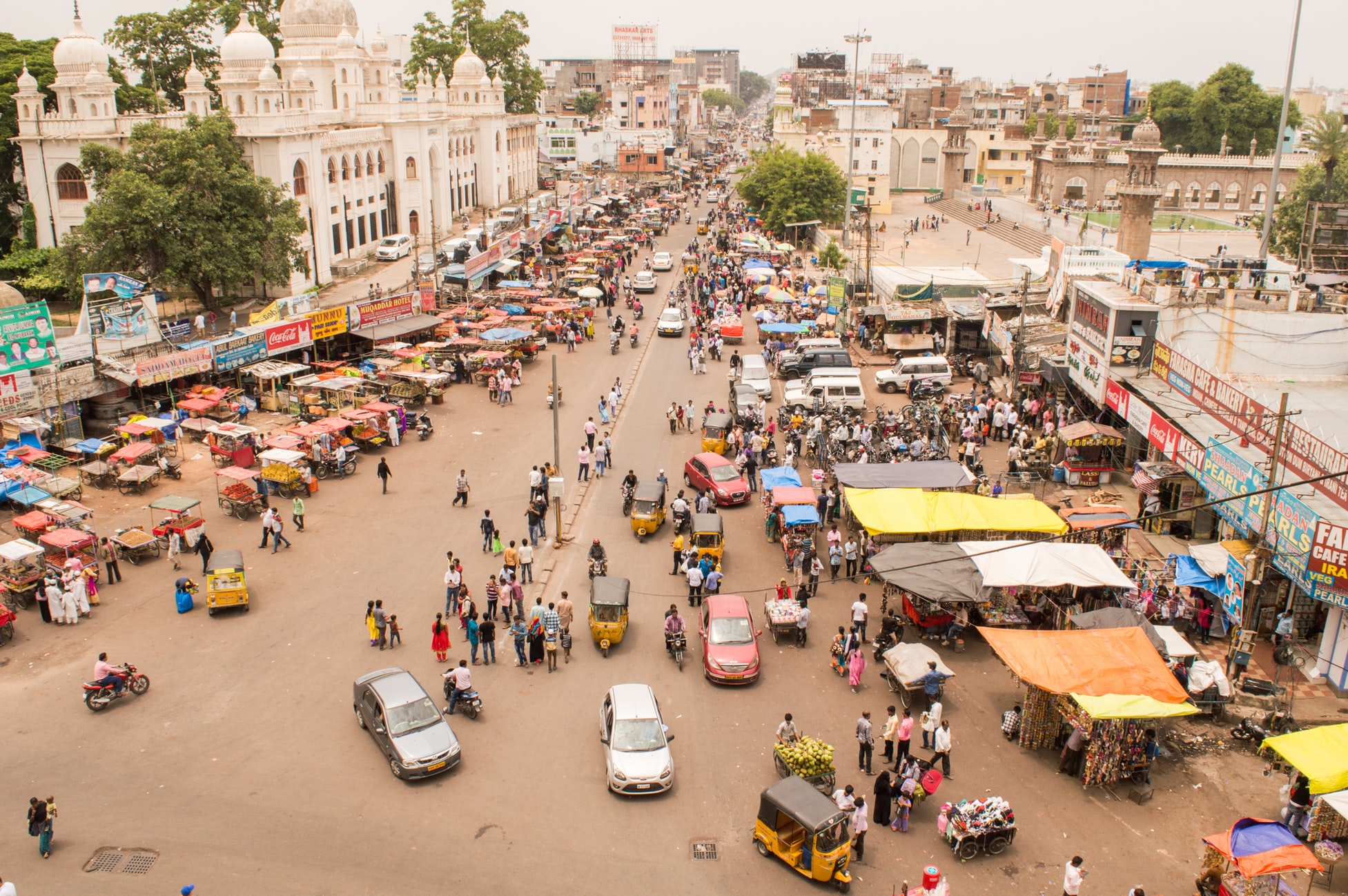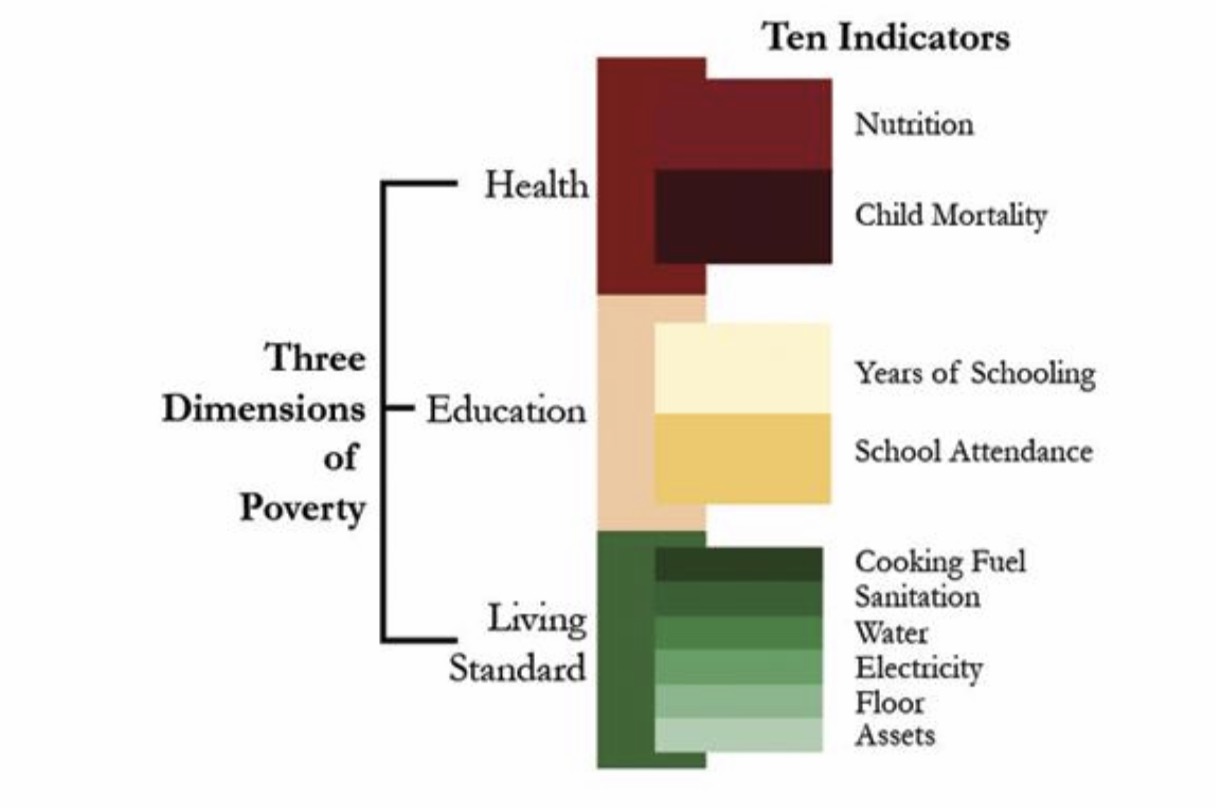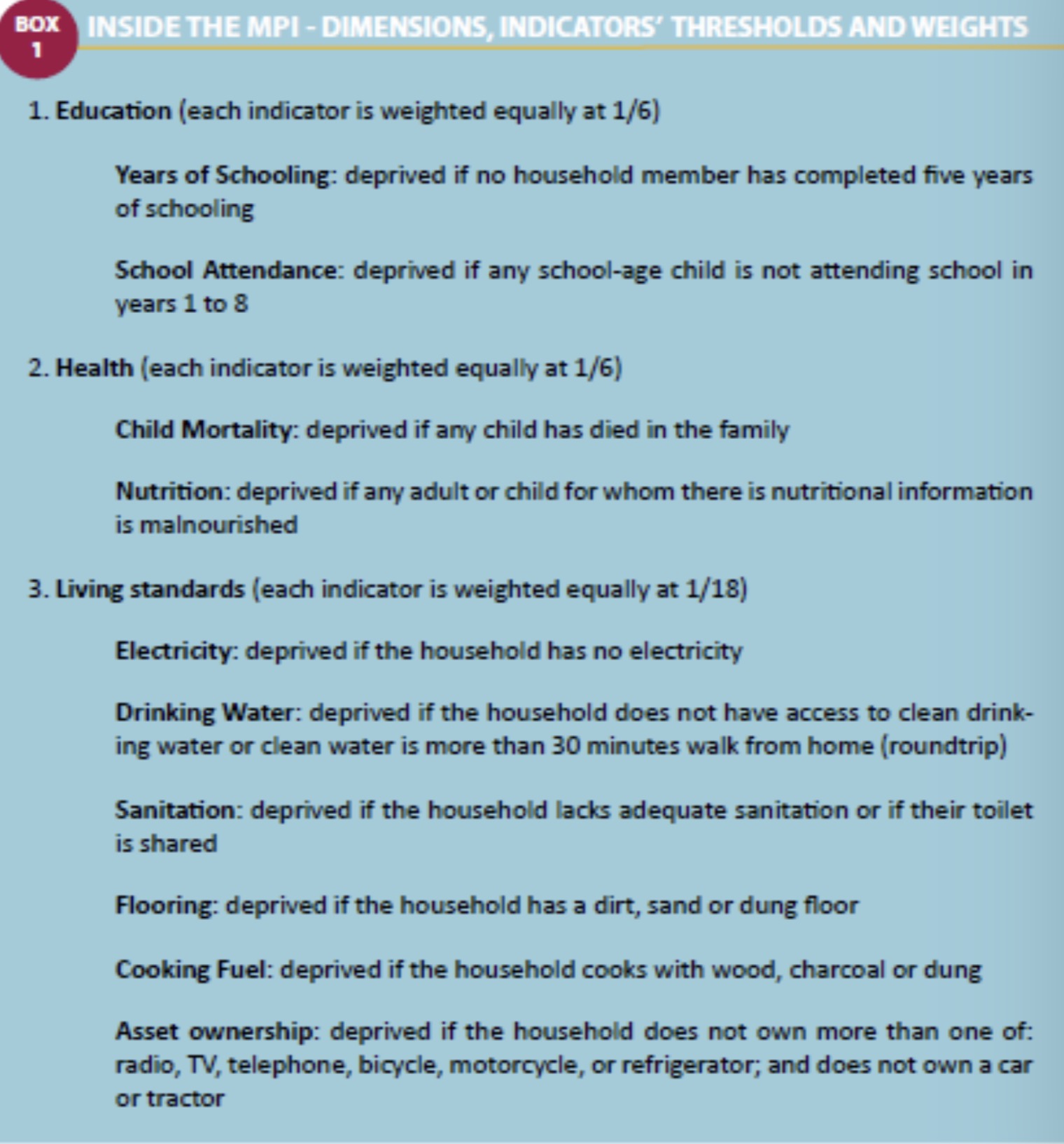
- Better Society -
- 5mins -
- 514 views
India has halved its poverty rate since 1990s say World Bank
The world’s largest democracy has achieved annual growth exceeding 7% over the last 15 years, halved its poverty rate since the ‘90s, and enjoyed strong improvements in most human development outcomes, the World Bank said.
India halves poverty rate since 1990s
India has halved its poverty rate since the 1990s and achieved a seven plus growth rate over the last 15 years, the World Bank said last month. India is both critical to the success of global development efforts, including eliminating extreme poverty, and as an influential leader for global good such as addressing climate change, the bank said ahead of the annual meeting between it and the International Monetary Fund. However, while this is of course an impressive achievement, World Bank said India will need to achieve greater resource efficiency as it sustains growth.

Elimination of extreme poverty in India inside the decade is “within reach”, say World Bank
India has achieved annual growth exceeding 7% over the last 15 years, halved its poverty rate since the 1990s, and enjoyed strong improvements in most human development outcomes, the World Bank said last month. — reported Economic Times, a subsidiary of the Times of India.
Noting that India’s growth is expected to continue and elimination of extreme poverty in the decade is within reach, it said at the same time, the country’s development trajectory nonetheless faces considerable challenges.
For this, the World Bank said, India will need to achieve greater resource efficiency as it sustains growth, given its resource endowments and large population.
Firstly: land will need to be used more productively in urban areas by the spatial transformation of cities achieving "agglomeration economies" and in rural areas by increased agricultural productivity, it said.
India’s water management will need to provide for shifting water allocation to higher-value uses and policies to increase the value of water use within sectors. In addition, 230 million people are not properly connected to the electricity grid while generation will need to be less carbon intensive, the World Bank pointed out.
"More generally, India’s rapidly growing economy needs investment in infrastructure, an estimated 8.8 percent of GDP or USD 343 billion a year until 2030," it said.
Secondly: sustained growth will also need to accelerate inclusion, especially to create more and better jobs. While an estimated 13 million people enter the working age population each year, only three million new jobs are being generated on an annual basis, the financial institution said.
The World Bank said a particular challenge lies in India’s declining female labour force participation, which at 27% is among the lowest in the world despite overcoming gender gaps in education.
"Finally, India’s public sector institutions will need to be modernised to deliver services and regulations that match the aspirations of a middle income country; this will entail improving accountability and effectiveness, improving the ability of the state to interface with the private sector, and strengthening the compact among tiers of government to improve service delivery," the bank said.
Source: EconomicTimes/IndiaTimes

What has been driving India’s poverty reduction?
Improved nutrition, better sanitation and increased asset ownership have halved India’s poverty rate between 2005-06 and 2015-16, according to a study by Oxford University.
In the 10-year period, 270 million Indians were pulled out of poverty in what is perhaps one of the most significant wins of the Indian economic story. In this period, per capita GDP grew from Rs 38,750 (€490/$541) to Rs 88,746 (€1,123/$1,239) and India became a lower middle-income economy.
Poverty statistics are notoriously controversial. It is very difficult to evolve a consensus around them. Poverty ratio varies significantly, depending on what the cut-off is for classifying the poor from non-poor. They also come with a significant time lag. India’s official poverty estimates are not available after 2011-12.
There are however credible alternatives to track absolute and relative, vis-à-vis other countries, progress in India’s battle against poverty.
One such measure has been developed by the Oxford University-based Oxford Poverty and Human Development Initiative (OPHI), which release something called Multi-Dimensional Poverty Index (MPI) for 105 nations.
The MPI is a more holistic measure because it considers dimensions of health, education and living standards and its India results are based on the findings of the National Family and Health Survey (NFHS).
People are designated poor according to the MPI, if they are deprived in at least one of the 10 indicators across the dimensions of education, health and living standards.
Fifty-five% of Indians were classified as poor by the MPI methodology in 2005-06. India halved its poverty rate in the next 10 years. In absolute terms, the number of poor fell from 630 million to 360 million during this period.
The decrease in poverty headcount has been driven mostly by an improvement in living standards, through better availability of material goods such as cooking fuel, sanitation facilities, and household assets.
More significantly, improved nutrition, has also contributed to the reduction in poverty.
Although the reduction in poverty over the last decade is remarkable, there are some worrying trends. Over 34% of the population currently classified as poor are children, and childhood deprivation has adverse implications that will carry on to their adulthood.
Furthermore, the data indicates the rate of poverty reduction is slower among the poorest states, which may result in exacerbated regional inequalities.
Facts and figures from a longer, in-depth article published by The Hindustan Times in 2018.
Source: HindustanTimes


